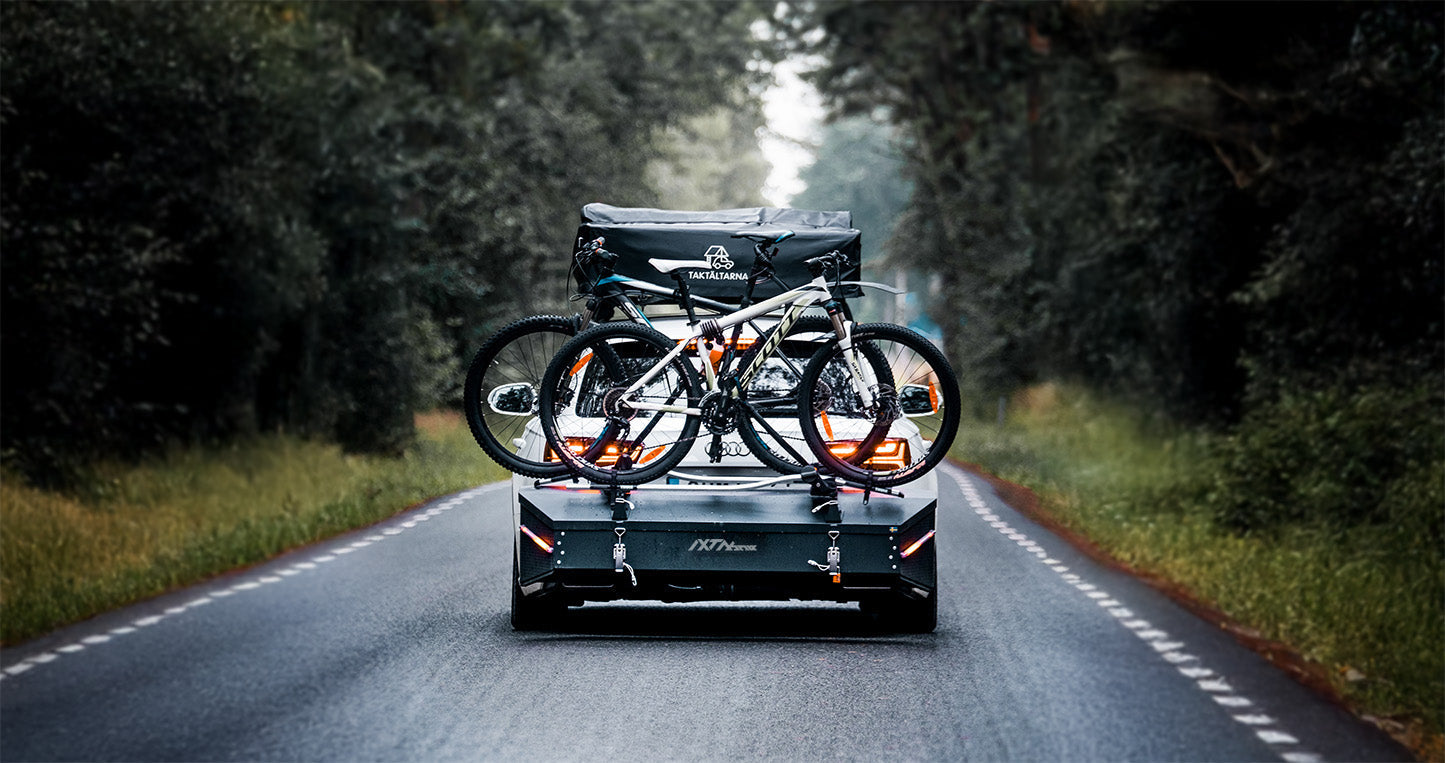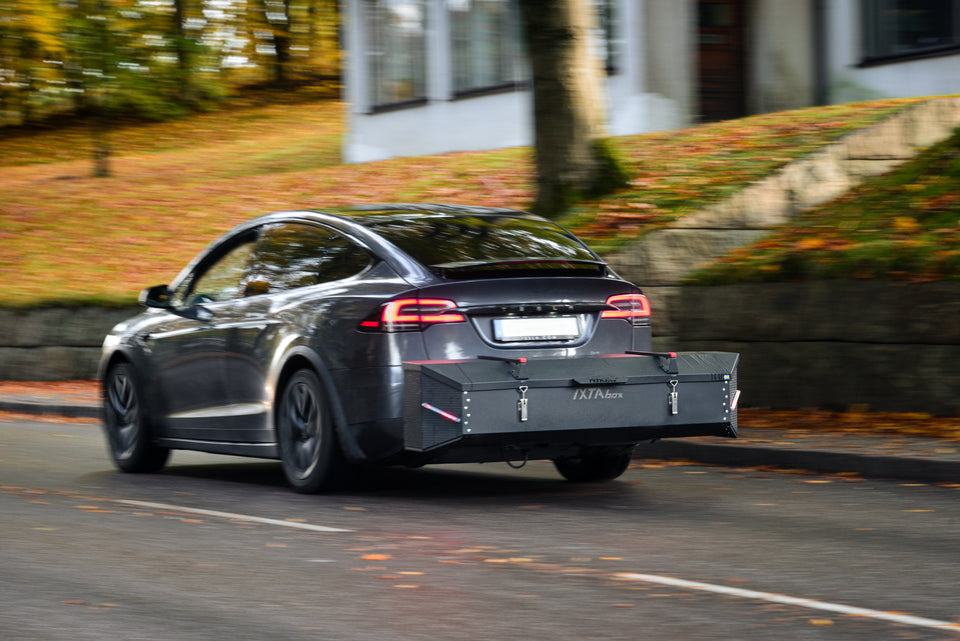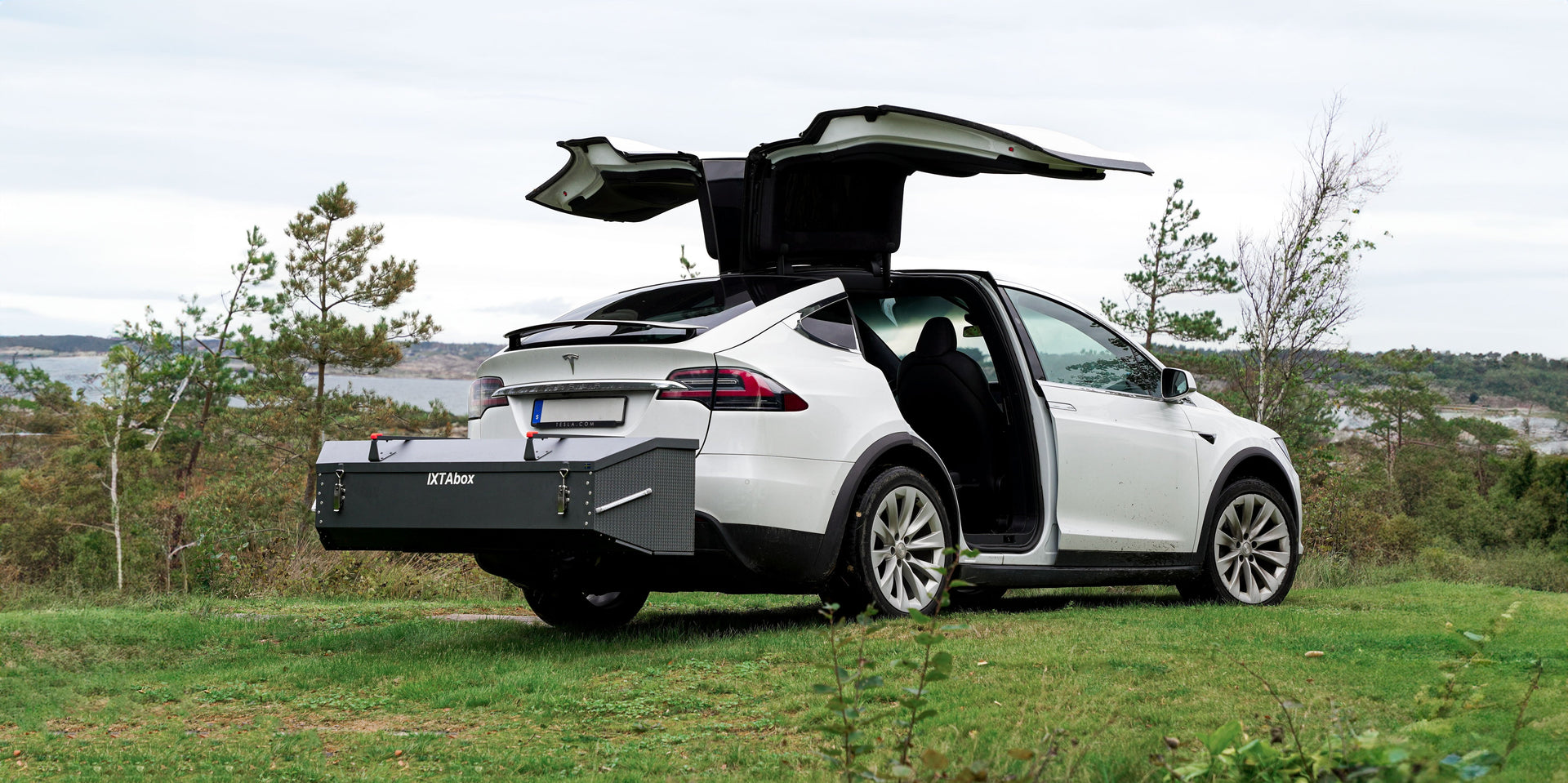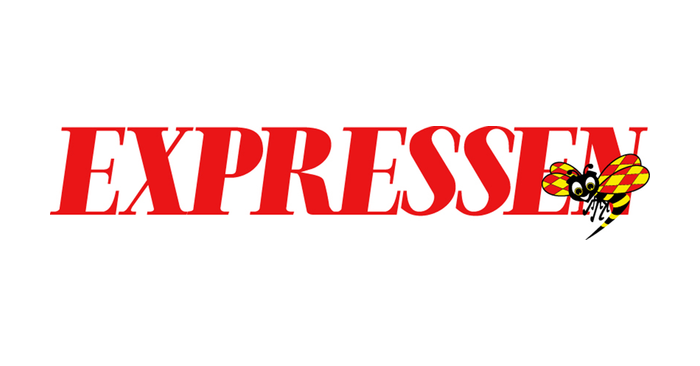
Bästa takboxen på marknaden
Bästa takboxen på marknaden — och varför en bakbox kan överträffa dem alla
Om du handlar efter en takbox finns det många bra alternativ på marknaden idag. Men innan du bestämmer dig är det värt att jämföra för- och nackdelar — och överväga om en bakbox (bakmonterad bakbox) faktiskt kan vara den smartare lösningen för dina behov.
Exempel på takboxar att känna till
Här är några högt ansedda takboxar som för närvarande finns tillgängliga:
-
Thule Force XT – Ett välbalanserat allroundval, känt för enkel installation och öppning från båda sidor.
-
Thule Motion 3 – Premium, aerodynamisk design, ofta berömd i recensioner för tyst prestanda.
-
Twinny Load – Stor kapacitet för större laster.
Detta är bara några exempel, märken som Thule, Yakima, INNO, GHI och andra förekommer ofta i 'bästa av'-recensioner.
Vad dessa takboxar gör bra
-
De utökar förvaringen bortom din bakbox.
-
Många erbjuder aerodynamiska former, öppningar på båda sidor och säkra låssystem.
-
De integreras med takräcken, vilket gör att du kan hålla ditt inre fritt för passagerare.
I recensioner är modeller som Thule Motion XT, INNO Wedge, Thule Vector ofta topppresterande när det gäller användbarhet, hållbarhet och design.
Begränsningarna och utmaningarna
Även de bästa takboxarna har kompromisser:
-
Ökat luftmotstånd & bränslekostnad
Takboxar stör det naturliga luftflödet över din bil. Många tester visar att en takbox kan öka luftmotståndet med så mycket som 30–40%. Det extra motståndet innebär mer bränsleförbrukning (eller minskad räckvidd för elbilar). -
Vindbrus
Även aerodynamiska modeller genererar turbulens, särskilt i motorvägshastigheter. Det där surrandet eller visslandet kan försämra din komfort på långa resor. -
Tillgänglighetsproblem
Att sätta tunga eller långa föremål där uppe innebär att lyfta dem över huvudet. I dåligt väder, mörker eller snö blir det riskabelt. -
Installationskomplexitet
Du behöver takräcken eller tvärstag. Montering/avmontering kan kräva verktyg. Vissa konfigurationer tillåter inte full tillgång till bagageutrymmet. -
Påverkan på hantering & stabilitet
Att lägga till vikt högt upp höjer din tyngdpunkt, vilket kan påverka kurvtagning eller sidvindsbeteende, särskilt med fulla laster.
Varför en bakbox ofta överträffar även de bästa takboxarna
Även om takboxar har sin plats, en bakbox monterad bak (bakbox) adresserar många av de ovanstående nackdelarna. Så här:
-
Minska drag / bättre aerodynamik
En välutformad bakbox följer fordonets bakre form. Rätt monterad kan den minska drag jämfört med att lägga till en takbox — vissa rapporter hävdar upp till ~5% förbättring i aerodynamisk effektivitet över en takmonterad lösning. -
Tystare åktur
Bakom bilen minskas turbulensen, vilket resulterar i en mer lugn kupé, särskilt vid höga hastigheter. -
Midjehöjd åtkomst
Lastning och lossning är mycket enklare och säkrare. Ingen klättring, ingen tung lyftning ovanför. -
Bättre stabilitet
Eftersom den extra vikten är lägre och närmare chassit, är hanteringspåverkan mindre allvarlig jämfört med en takbox. -
Universell installation
Bakboxar monteras på en dragkrok, så du undviker behovet av takräcken och tvärstag. Detta gör dem kompatibla med många fordon—inklusive vissa som saknar takräcken. -
Bevara fordonets linjer
Utan en skrymmande box ovanpå behåller din bil sin ursprungliga profil, och inga extra vindpåföljder ovanpå.
Slutliga reflektioner
Ja, det finns utmärkta takboxar på marknaden, men för många användare, särskilt de som bryr sig om komfort, effektivitet, säkerhet och estetik, kan en bakbox vara det bättre alternativet.





